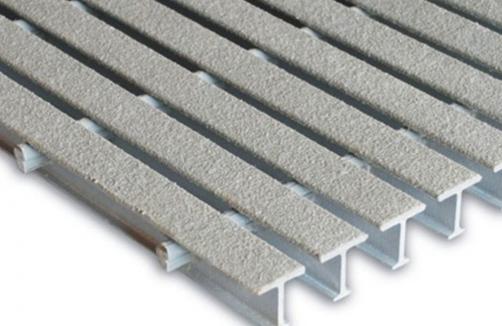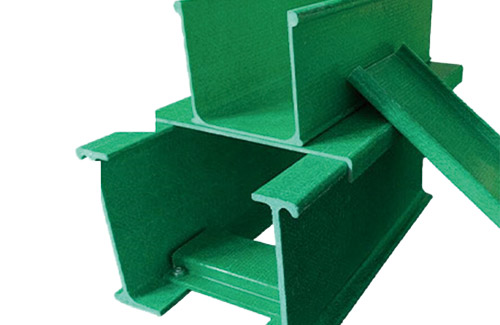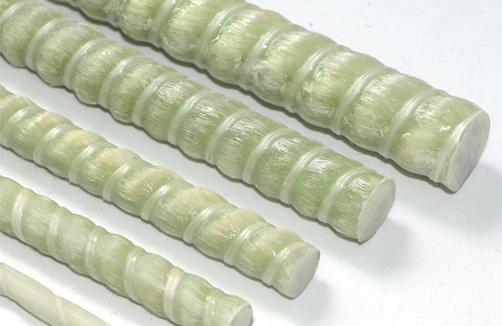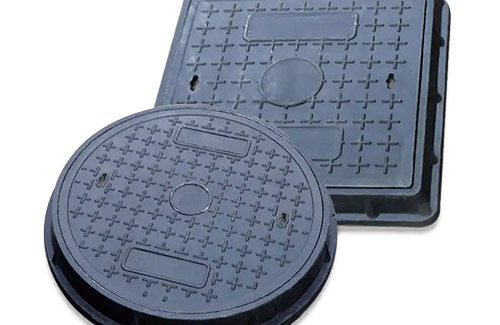Quality requirements for fiberglass ducts:
(1) The content of the data used in the air duct should meet the requirements of the national standard for fiberglass air ducts, and it should be within its useful life; The content of fiberglass cloth should comply with the rules and be dry, clean, and free of wax. When laying cross joints, they should be staggered and not stacked.
(2) Fiberglass ventilation pipes and accessories shall not be distorted, with flat and lubricated inner and outer surfaces, neat and beautiful outer surfaces, uniform thickness, no cracks, no significant frost, and no burrs at the edges. There shall be no halogenation phenomenon.
(3) There must be no bubbles or layering, the scale must be accurate, and errors must be within the allowable range. In the production process, attention should be paid to the cooperation ratio of various materials to meet the requirements, and together, attention should be paid to the maintenance of the formed product to achieve the strength of the rules.
(4) According to the construction and acceptance standards for ventilation and air conditioning, the allowable error for the outer diameter or outer length of fiberglass ducts is -1~0mm when it is less than or equal to 300mm; When it is greater than 300mm, it is -2~0mm. The allowable error of its flange inner diameter or side length scale is+1~+3mm, and the allowable error of flatness is 2mm. The flange of fiberglass air duct should be integrated with the air duct or accessories, and should be at a right angle to the axis of the air duct. The allowable error of the diagonal of the flange and rectangular flange should not exceed 3mm. 3、 Transportation and storage of fiberglass ducts: Due to their inherent functional characteristics, fiberglass ducts should be carefully handled during loading, unloading, and transportation to avoid strong collisions. It is prohibited to stack in the open air and must be protected from rain and sun. Once damage or deformation occurs, it must be processed from scratch.








